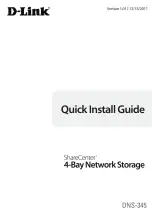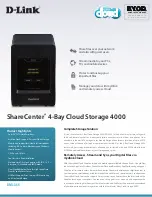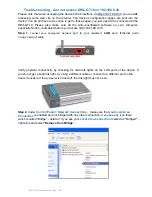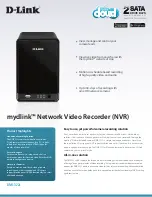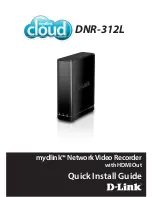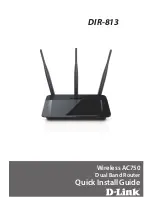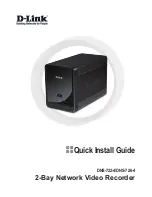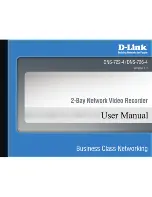
3
Copyright © 2000 - 2005 KEMP Technologies, Inc. All Rights Reserved.
TABLE OF CONTENTS
SECTION I. APPLICATION GUIDE ....................................................................................................8
A. Preface ........................................................................................................................................8
1. Foreword .................................................................................................................................8
2. The LoadMaster Documentation ..................................................................................................8
3. Typographical Conventions .........................................................................................................8
4. Glossary and Abbreviations ........................................................................................................8
B. Overview of the LoadMaster ........................................................................................................9
1. Load Balancing and it’s Benefits ..................................................................................................9
2. Considerations in Getting Started .............................................................................................. 10
3. A Simple Balancer Configuration................................................................................................ 11
4. LoadMaster Load Balancer Features ........................................................................................... 12
C. LoadMaster Network Topologies................................................................................................14
1. One-Armed Balancer ............................................................................................................... 14
2. Two-Armed and Multi-Armed Balancer ....................................................................................... 14
3. Direct Server Return – DSR example .......................................................................................... 15
D. Miscellaneous Networking Issues ..............................................................................................16
1. S-NAT ................................................................................................................................... 16
2. Default Gateway and Routes..................................................................................................... 17
E. Single/Dual Unit Configurations ................................................................................................18
1. Single Unit Configuration.......................................................................................................... 18
2. High Availability (HA) Configuration ........................................................................................... 18
F. Balancing Methods......................................................................................................................19
1. Round Robin .......................................................................................................................... 19
2. Weighted Round Robin............................................................................................................. 20
3. Least Connection .................................................................................................................... 20
4. Weighted Least Connection....................................................................................................... 20
5. Agent Based Adaptive Balancing................................................................................................ 20
G. Layer 4 Persistency ....................................................................................................................21
1. Source IP Address Based Persistency ......................................................................................... 21



















